What Are Centromeres and Telomeres? Exploring Their Structure, Function, and Role in DNA Replication and Cell Aging.
Published on 03/07/2025 · 9 min readEver wondered how our genetic material, DNA, is organized and protected within our cells? Two key structures play vital roles in this process: centromeres and telomeres. Let's dive into their fascinating world and understand their significance in cell division and the aging process.
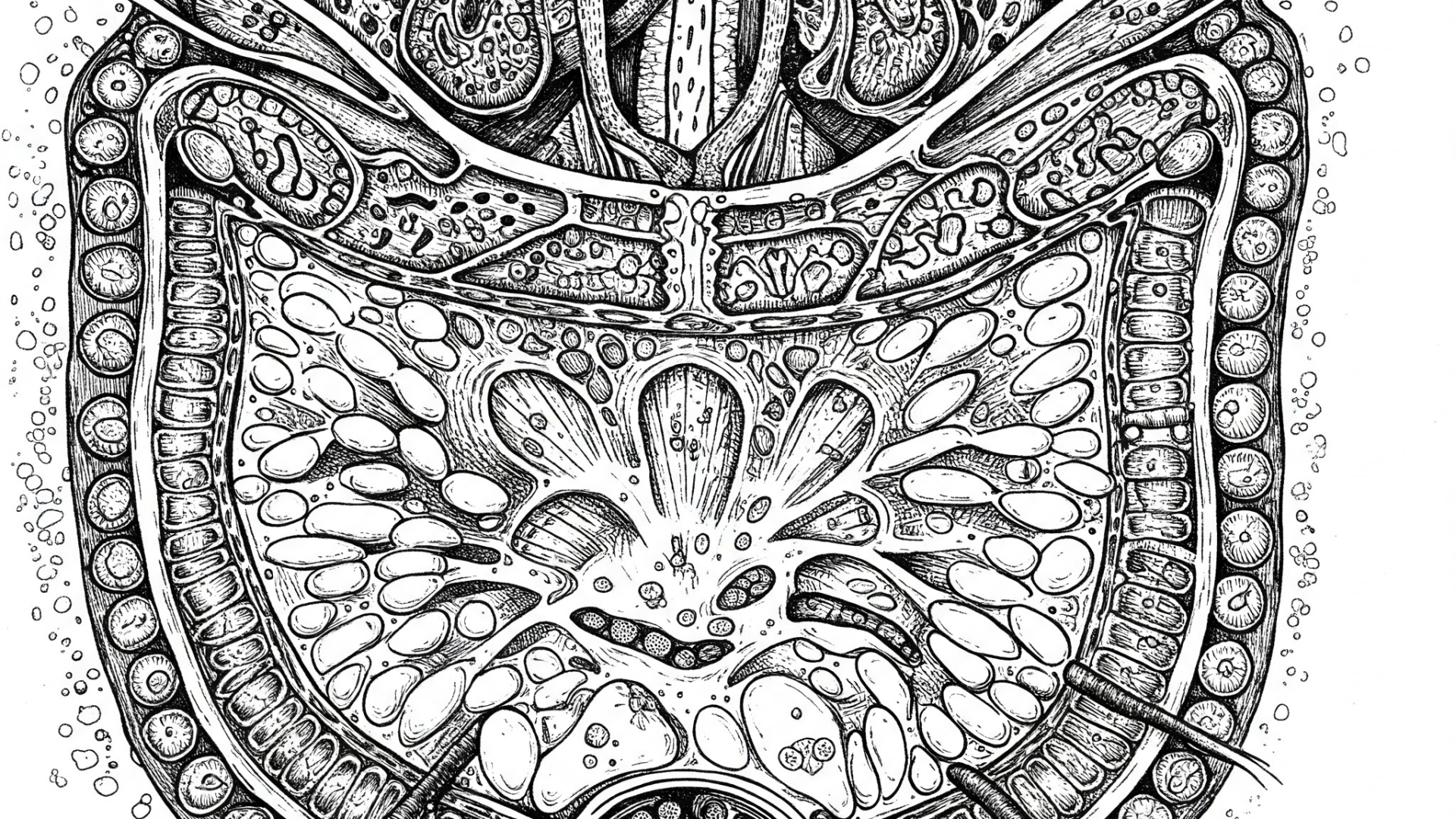
Table of Contents
The Centromere: The Chromosome's Central HubWhat is the Centromere?Structure and StabilityFunction in Cell Division (Mitosis)The Telomere: Guarding the Ends of ChromosomesWhat is a Telomere?The Challenge of DNA Replication at Chromosome EndsTelomerase: The Telomere Lengthening EnzymeSignificance of Telomeres and TelomeraseThe Balance of Telomerase ActivityTelomeres and Prokaryotes
The Centromere: The Chromosome's Central Hub
What is the Centromere?
The centromere is the central region of a chromosome that joins two sister chromatids. Think of sister chromatids as identical twins of a chromosome, formed during DNA replication. The centromere acts as the point of attachment for these twins.
Structure and Stability
The centromere is characterized by a high content of guanine (G) and cytosine (C) base pairs in its DNA sequence. Remember that G-C pairings have three hydrogen bonds, making them more stable than adenine (A)-thymine (T) pairings (which have two). This high G-C content contributes to the centromere's remarkable stability, crucial for holding the sister chromatids together.
Interestingly, the centromere is composed of heterochromatin, a tightly packed and condensed form of DNA. This dense structure is often transcriptionally silent, meaning the genes in this region are generally not expressed. The DNA sequence in the centromere is also highly repetitive. This repetitiveness can be advantageous, as some loss of this material might not lead to significant information loss.
Function in Cell Division (Mitosis)
The centromere is a critical site for the attachment of the mitotic spindle during cell division (mitosis). The mitotic spindle is a structure made of microtubules that pulls the sister chromatids apart, ensuring that each new daughter cell receives an identical set of chromosomes. The centromere remains intact until the precise moment when the sister chromatids need to separate to form two new cells. To learn more about this process, you can explore resources on mitosis (Wikipedia).
The Telomere: Guarding the Ends of Chromosomes
What is a Telomere?
Telomeres are protective caps located at the ends of our chromosomes. The word "telo" comes from the Greek word for "end" or "purpose." These end regions are essential because the standard DNA replication process cannot fully replicate the very ends of linear chromosomes.
The Challenge of DNA Replication at Chromosome Ends
With each cycle of DNA replication, a small portion of the DNA at the telomeres is typically lost. Over many cell divisions, this shortening of telomeres can lead to cellular aging (senescence) and potentially increase the risk of age-related issues.
Telomerase: The Telomere Lengthening Enzyme
Fortunately, our cells have a mechanism to counteract this shortening: an enzyme called telomerase. Telomerase is a reverse transcriptase enzyme, meaning it can synthesize DNA from an RNA template. It carries its own RNA template (telomerase RNA component - TERC) which it uses to add repetitive DNA sequences (in humans, typically TTAGGG repeats) to the 3' end of chromosomes, effectively lengthening the telomeres.
Telomerase is composed of two main subunits: telomerase reverse transcriptase (TERT) and telomerase RNA component (TERC). The TERT subunit uses the RNA template provided by TERC to synthesize new DNA repeats at the telomere.
Significance of Telomeres and Telomerase
Telomeres play a crucial role in maintaining the integrity and stability of our chromosomes. By preventing excessive shortening, telomerase helps to extend the lifespan of cells and tissues.
Interestingly, telomerase activity is high in germ cells (which produce sperm and eggs) and stem cells, allowing for the maintenance of telomere length across generations and during development. However, in most somatic (body) cells, telomerase activity is low or absent, leading to gradual telomere shortening with cell division.
The Balance of Telomerase Activity
While telomerase can help prevent cellular aging, its activity needs to be carefully regulated. High telomerase activity is observed in many cancer cells, allowing them to bypass normal cellular senescence and achieve immortality, contributing to uncontrolled growth. This highlights the delicate balance between preventing aging and avoiding uncontrolled cell proliferation.
Telomeres and Prokaryotes
It's worth noting that prokaryotic organisms (like bacteria) with their circular DNA chromosomes do not face the same end-replication problem as eukaryotes and therefore do not typically require telomeres or telomerase.
Centromeres and telomeres are essential components of our chromosomes, each with unique structures and critical functions. The centromere ensures proper chromosome segregation during cell division, while telomeres protect the ends of our chromosomes and their length is regulated by telomerase, impacting cellular aging and the risk of cancer. Understanding these intricate mechanisms provides valuable insights into the fundamental processes of life.
Shop related blood tests

While not directly measuring telomeres or centromeres, HbA1c reflects average blood glucose levels over the past 2-3 months. Chronic hyperglycemia can contribute to cellular stress and potentially impact aging processes at a cellular level, making it an indirect indicator of metabolic health relevant to the broader context of aging discussed in relation to telomere shortening.
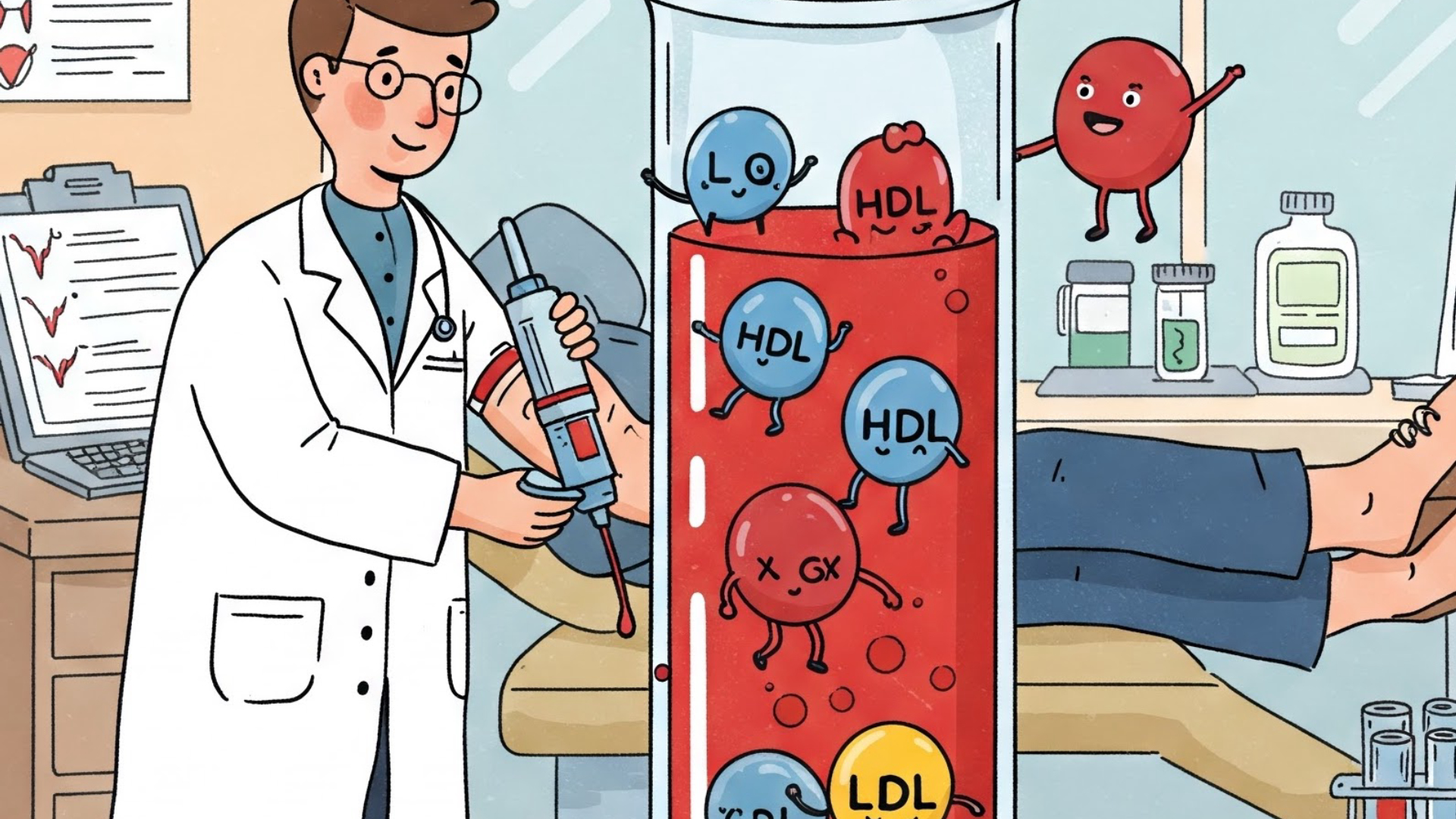
Advanced Lipid Panel, Cardio IQ
This panel provides a more detailed breakdown of cholesterol and triglyceride levels, including LDL particle size and number. Dyslipidemia and cardiovascular risk factors are associated with aging and cellular health. This panel offers insights into metabolic health, which can indirectly influence cellular processes discussed in the blog post.
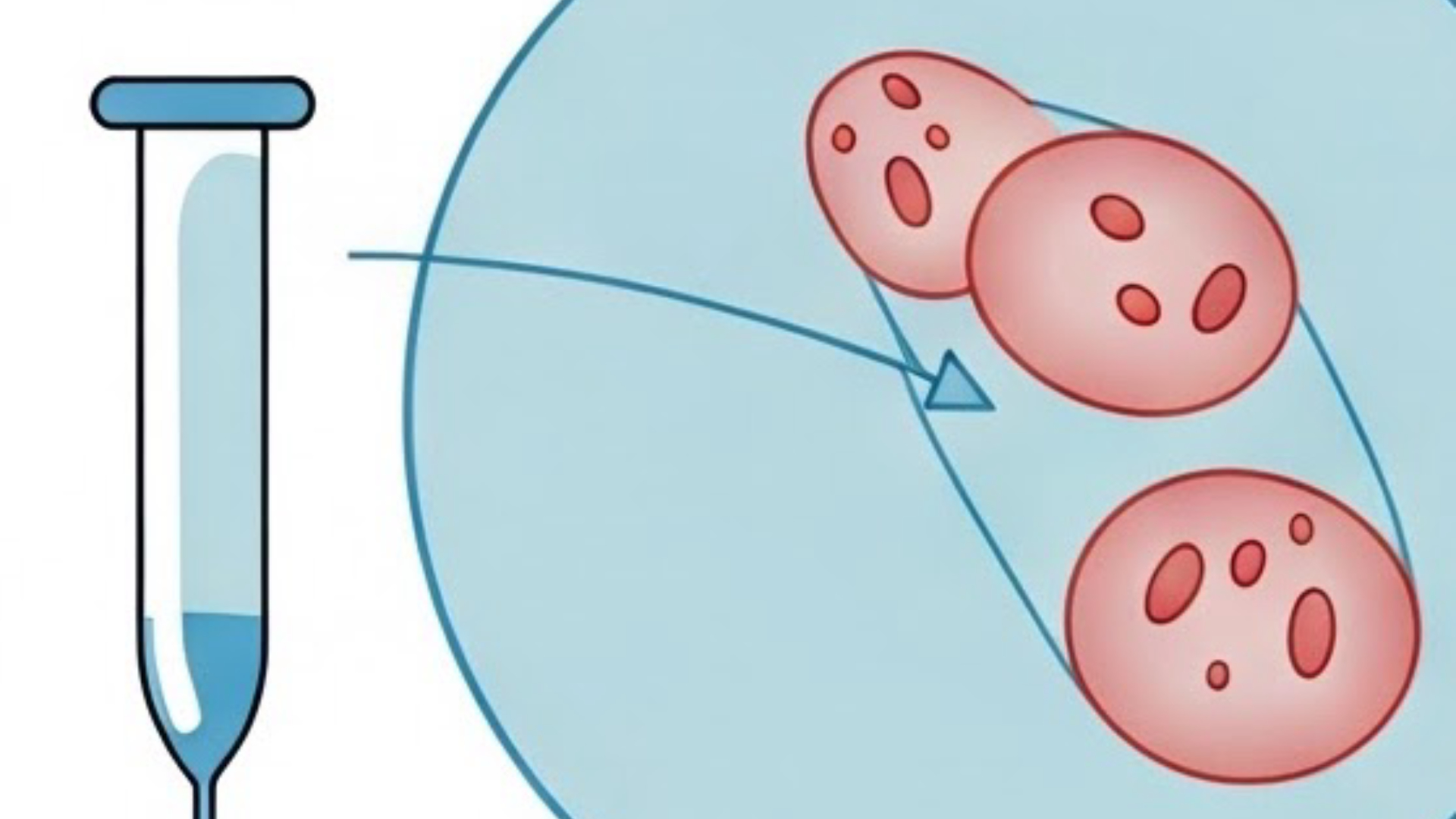
This test measures a marker of systemic inflammation. Chronic low-grade inflammation is increasingly recognized as a key factor in aging ("inflammaging") and can impact cellular health and function. While not specific to telomeres or centromeres, elevated hs-CRP levels align with the broader discussion of aging at a cellular level.
Read next
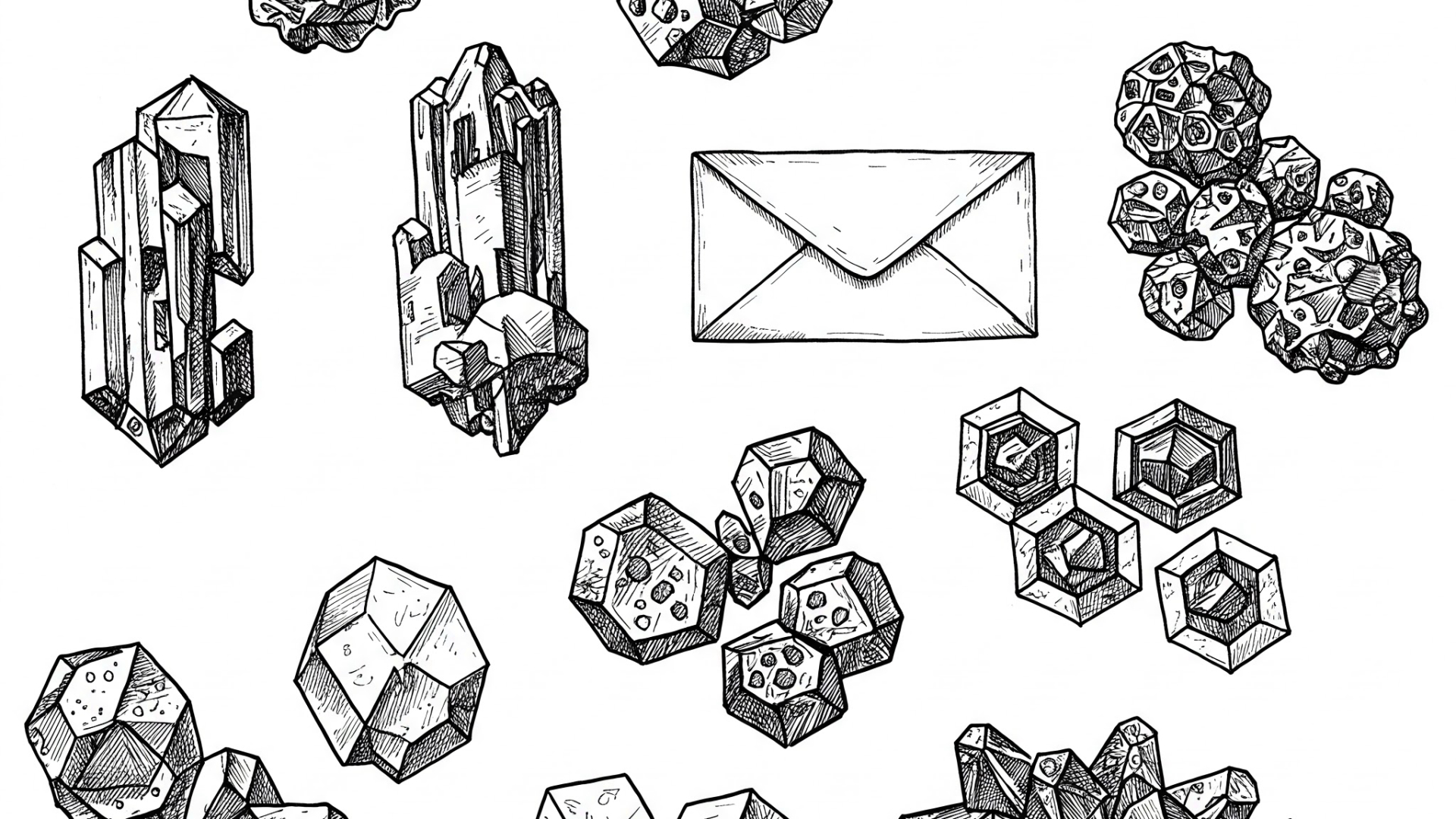 Written on 03/01/2025
Written on 03/01/2025What Are Common Urine Crystals and Their Shapes? (Calcium Oxalate, Cysteine, Struvite, Uric Acid)
Have you ever wondered what those tiny particles in urine sediment under a microscope could mean? Identifying urine crystals by their distinct shapes can provide valuable clues about the type of kidney stones a person might have. This is a high-yield topic, especially for medical board exams! Read more
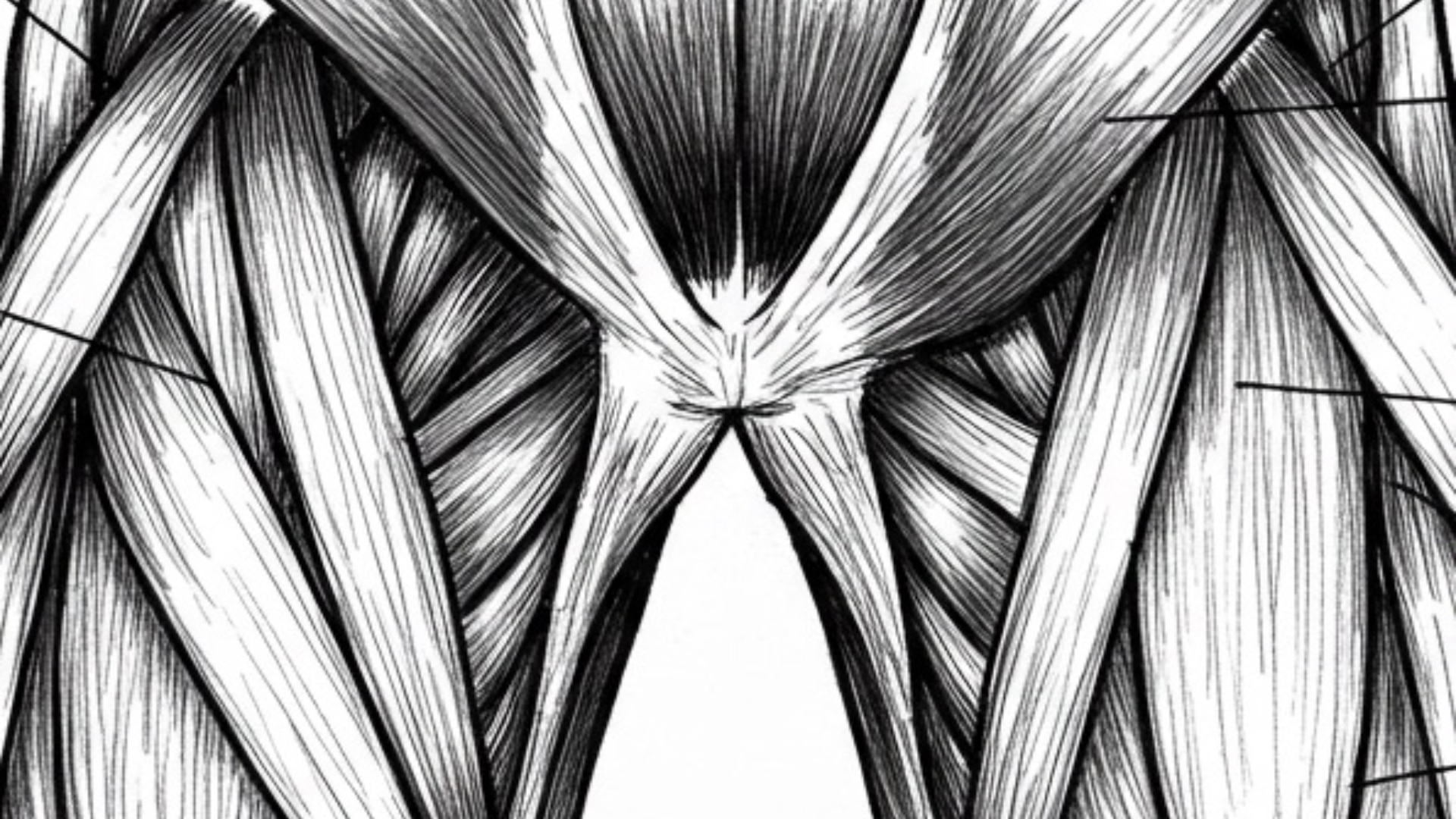 Written on 02/26/2025
Written on 02/26/2025What Are Common Quadriceps Injuries Like Strains and Contusions, How Do They Happen, What Are the Symptoms, and What Are the Treatment Approaches?
The quadriceps are a powerful group of four muscles located in the front of your thigh. They play a crucial role in extending your knee and, in the case of the rectus femoris, also assist with hip flexion. Unfortunately, these strong muscles are susceptible to injury, particularly during sports and activities involving sprinting, jumping, and sudden changes in direction. Read more
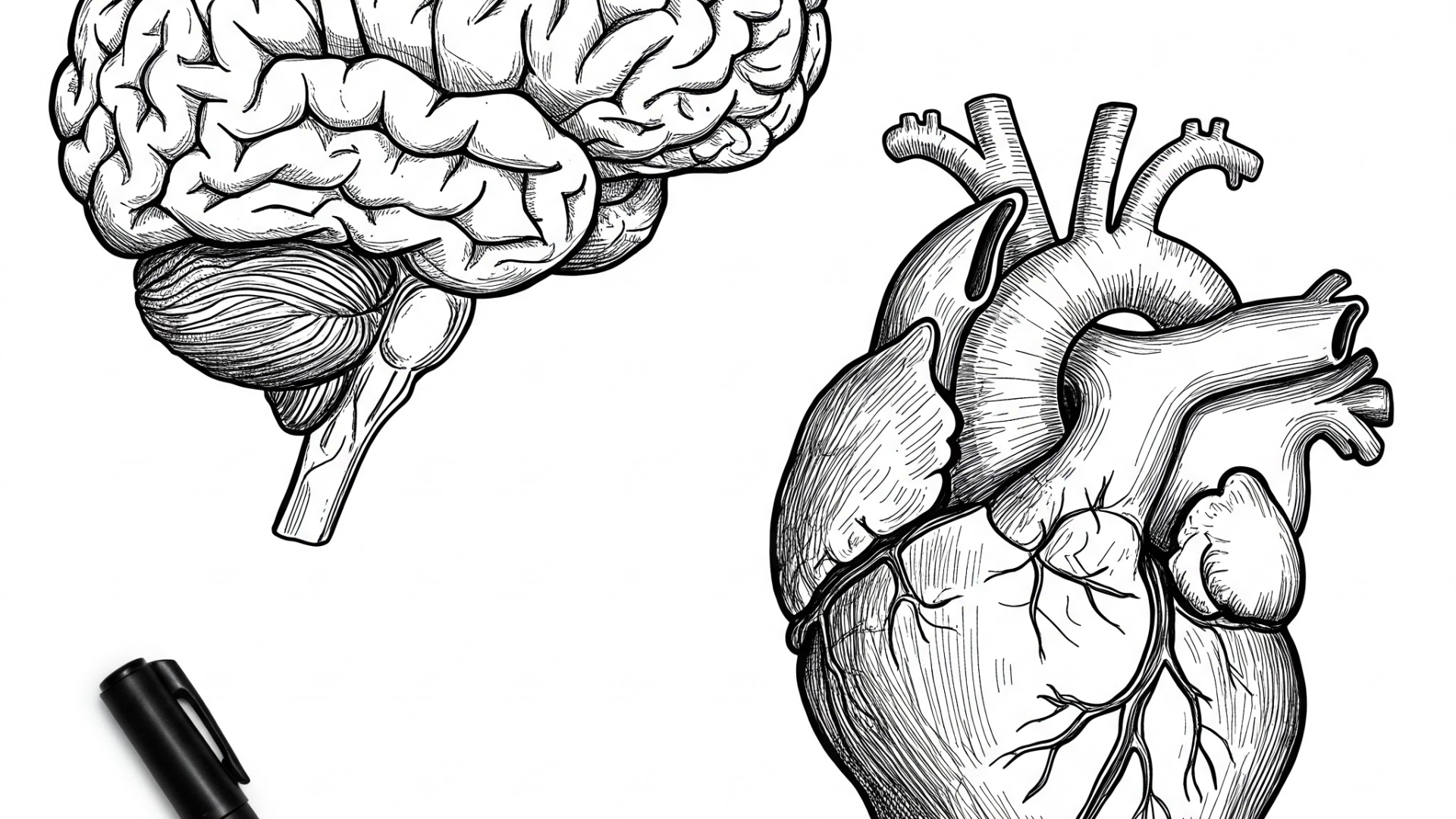 Written on 01/29/2025
Written on 01/29/2025Phenytoin: How does it work, what are its side effects, and what is fetal hydantoin syndrome?
Phenytoin is a widely used antiepileptic medication, but understanding its mechanism, side effects, and potential risks, like fetal hydantoin syndrome, is crucial. This blog post will break down the key aspects of phenytoin. Read more
 Written on 01/08/2025
Written on 01/08/2025Streptococcus Pneumoniae: How Do You Diagnose and Treat This Bacterial Infection?
Streptococcus pneumoniae is a common yet potentially serious bacterial pathogen. Understanding its diagnosis and treatment is crucial for effective patient care. This blog post will delve into the key aspects of identifying and managing Streptococcus pneumoniae infections. Read more